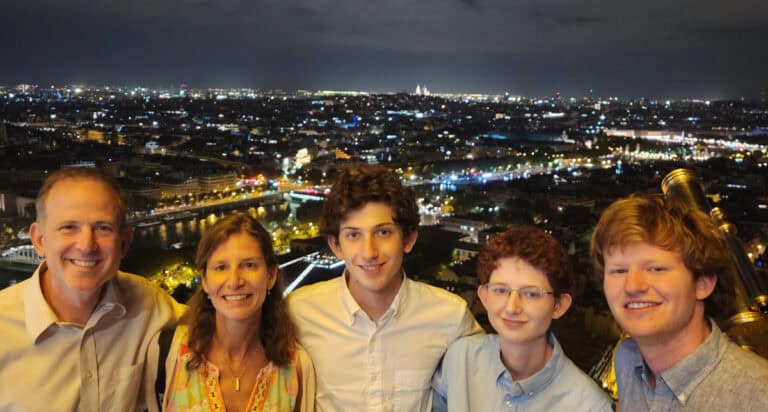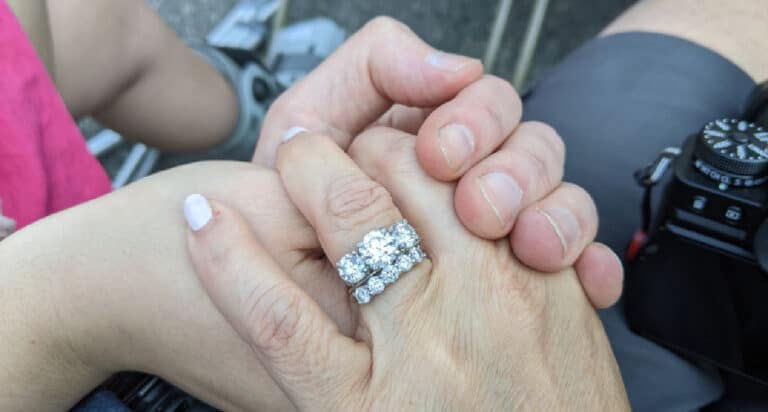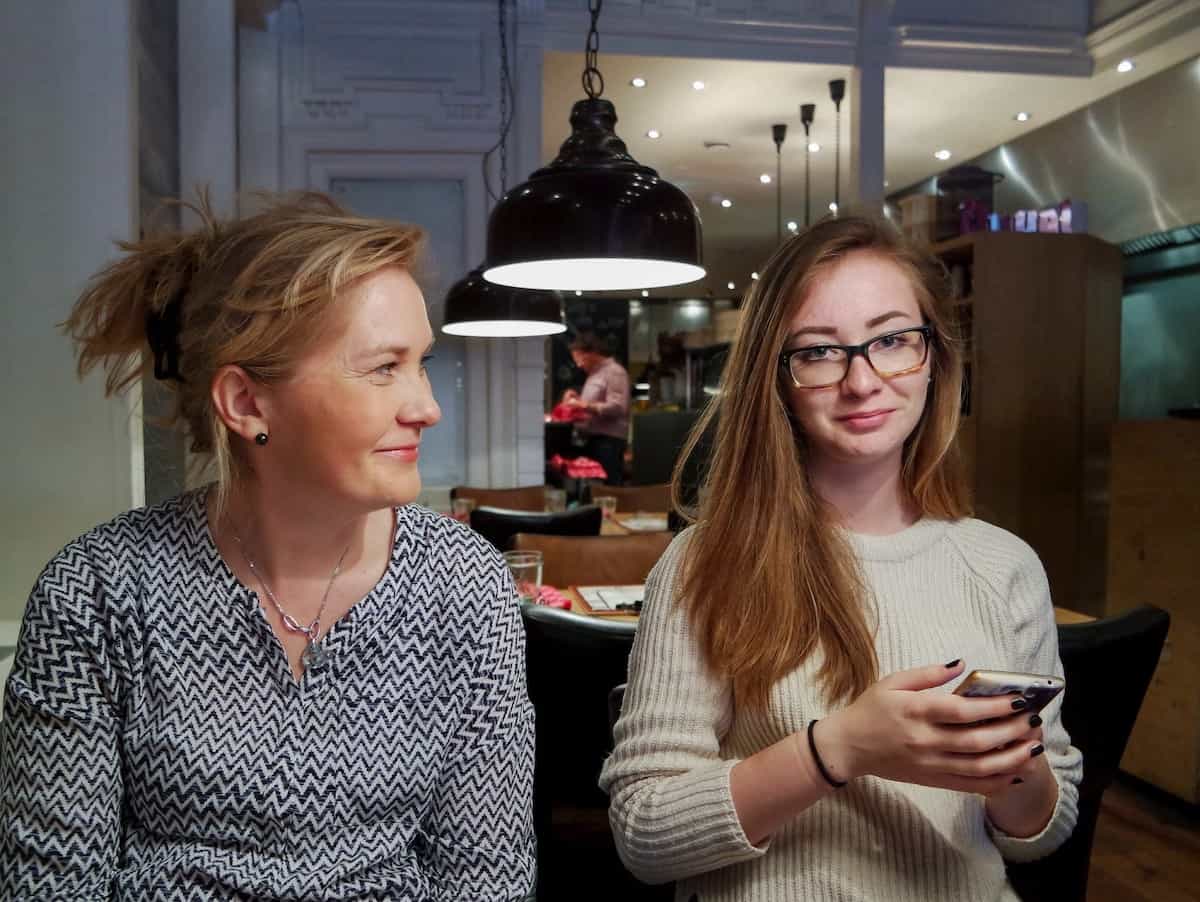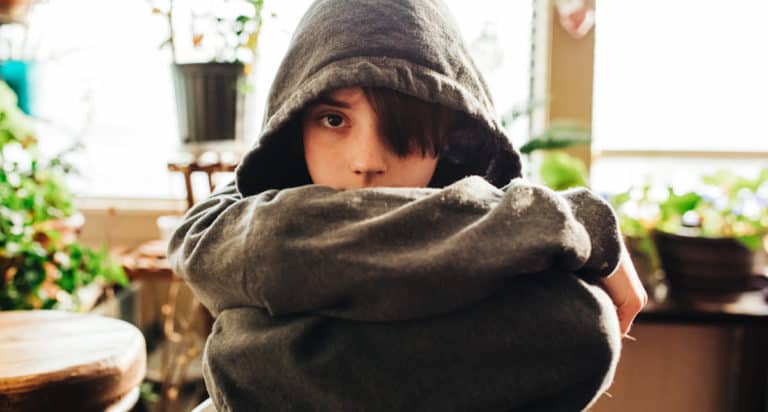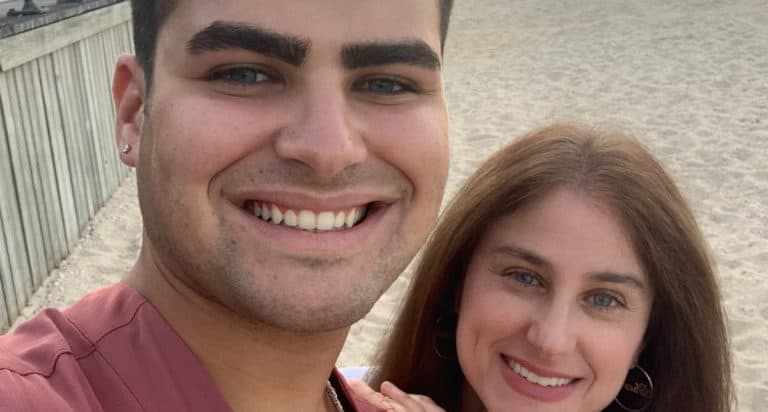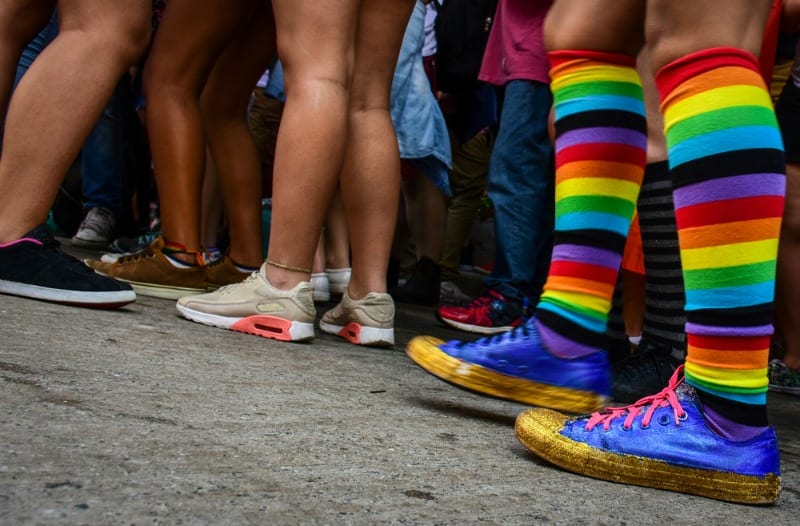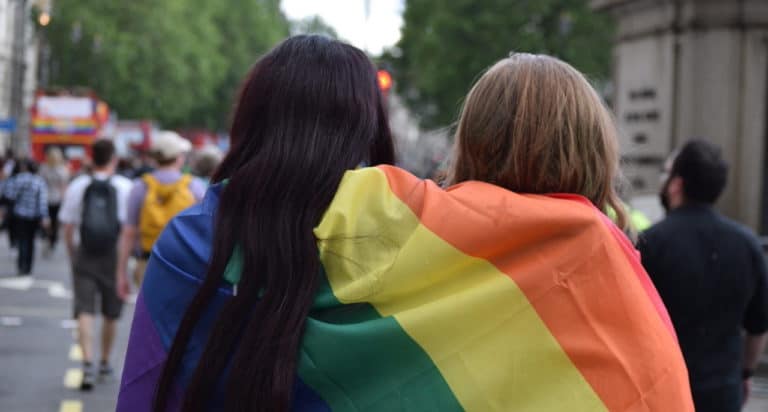At the age of twenty, my firstborn came home to tell us that he was in despair over his male body. As the final changes of puberty were making his appearance more masculine, he said he needed to change his body to match what he knew was his true self: a woman. From that day on, my firstborn son became my daughter.

My response to my transgender child
My response to her was to tell her that I love her no matter what and that I couldn’t think of anything that would make me stop loving her. I listened to her tell us how she dressed up in her sister’s clothes behind the locked bedroom door.
I heard accounts of being labeled, bullied, and teased in school. I absorbed the pain she expressed about feeling trapped inside the wrong body — that the expectations of being a man (gender identity) didn’t make sense with their authentic self (gender dysphoria).
I made it through that day with compassion, grace, and gratitude that my child had found a way out of their depression, anger, frustration, and sullen outlook on life. For the first time in a long while, I felt some hope for my firstborn’s future.
The intersection of her joy and my pain bears scrutiny
After waving goodbye and closing the door that evening, I fell apart. My world, as I knew it, exploded into a million pieces. I went to bed and cried. I woke up in the middle of the night crying, every night. I cried for weeks.
During those weeks, my daughter began hormone replacement therapy (HRT) to transition from male to female (MTF). She calls the day she started HRT “the happiest day of my life,” and celebrates it each year as her “tranniversary.” The intersection of her joy and my pain bears some scrutiny.
My identity is wrapped up in my family. Being the mother to my son was one of my greatest achievements. I raised an autistic boy into manhood. I had dreams of who his wife might be and the grandchildren I would spoil.
Our family photo albums tell stories of treks through pumpkin patches, snow days, Christmas feasts, graduations, and camping trips. Every story included my son, the boy who was part of our family.
I couldn’t reconcile the boy from those stories with the woman who was with us now. I questioned whether I really knew the child in those pictures. Was her experience of our time together different from how the rest of us experienced it?
I interpreted the picture of the frowning teen in the pool to adolescent moodiness when, in fact, he was uncomfortable exposing his chest and wistfully admired the girls in bikinis because he longed to have bodies like theirs. How much of her life did I misunderstand? What was really happening that I knew nothing about?
My son began fading away
For twenty years I had a son. I didn’t see him engage in gender-based play as he moved through childhood. He didn’t dig in the dirt with toy trucks, he didn’t turn every stick into a lightsaber. Neither did he play with dolls or dress up in frilly clothes.
He liked Legos, Pokemon and his Nintendo DS. He developed a quick wit and dry sense of humor, causing many family dinners to devolve into peals of laughter complete with milk spewing out of a nose. I loved that kid with all of my heart — even when he became an unhappy teen. Or especially when he was that teen. My heart ached for him, unable to understand the source of his pain.
My new daughter shed her male identity like a snake sheds its skin. She left her boyhood, and therefore her childhood, in the past and hasn’t looked back. She calls the name I gave her at birth her “dead name.” She refers to her life before transition as her “dead life.”
And because it really did feel like my son died, I grieved for the boy I knew would never grow into a man. I loved my boy, and I didn’t want to see him disappear. I missed my son.
The world can be very cruel to the LGBTQ community
As the parent of a transgender young adult, I am hyper-aware of news stories that describe heinous attacks on LGBTQ people. I am terrified of the possibility that my child might be beaten or killed by ignorant and violent people.
I lay awake at night worrying about their future. Will she always be able to find housing, work, healthcare, or even be welcome in certain retail establishments? Will she be able to obtain government identification (Social Security, passport, driver’s license) with her new name and gender? Civil rights for the LGBTQ community are a politically charged issue, making it impossible to ensure stability and security around these basic human needs.
I feel a stab of pain every time my daughter tells us of discriminatory practices at work, of people yelling slurs out their car window at her, of the loneliness she feels in social situations as others steer clear of her.
These subtle attacks on her psyche concern me the most. She becomes overwhelmed by the message that she is worthless and grows despondent. I worry about her mental health.
My daughter’s transformation is like the metamorphosis of a caterpillar into a butterfly
When a caterpillar is fully grown, it cloaks itself in a protective shell called a chrysalis. While in the chrysalis, its body devolves into a sort of puddle of goo. Then it forms into an entirely different creature and breaks out of its shell to emerge as a butterfly.
The metaphor here for my transitioning daughter is somewhat obvious. However, it serves as a metaphor for my experience too. I melted into my own emotional puddle of goo, where I was engulfed in loss and fear.
I slowly let go of the pain in order to grow into a stronger woman. The catalyst to my transition out of the puddle of goo was witnessing what happened to my child’s essence as she transitioned into a woman’s body. She was still quirky, funny, and shy.
I discovered that I hadn’t really lost my son — the things that truly defined this person were still there. They were just wrapped up in a different package.
My child is still here and I am still her mom
I still reminisce over our family stories and peruse our photo albums. I still reminisce over our family stories and peruse our photo albums. For many months, I continued to identify the boy in the pictures using his so-called “dead name.”
Eventually, my new daughter told us that she wasn’t exactly transitioning to be female, that the appropriate term for her experience is “nonbinary.” This oldest child of mine comes for dinner and a family game night every Friday, so we’ve had a lot of practice calling them by the correct name and using the correct gender pronouns (they/them).
Over time the repetition caused me to automatically think about them using their new name. I surprised myself when I began to call the child in the pictures by their current name. It seems that I truly have internalized that the person sitting with us now is the same person who was with us then.
I’ve watched this young adult face their challenges with strength and determination and a tremendous amount of courage. They don’t like people to use courage as a descriptor. They feel that changing gender was a primal drive, a force they couldn’t fight, it wasn’t a choice, therefore it didn’t require courage. I feel that facing adversity head-on, for whatever reason, is the definition of courage. We agree to disagree.
I still worry about them as the stress of being in the world pulls them down into a sense of despair. I follow them on social media as a way to stealthily check on their well-being. They post something every day, and I am comforted by this proof of life. I analyze the tone of their posts to monitor moods. When the memes or comments grow dark or maudlin, I check in via a message or text.
My family looks different than it did four years ago
My family looks different now from how it looked four years ago. There are still four of us, but now my two adult children are smiling in our pictures. I had to work through the pain of loss and fear for the future by being open to the possibility that change didn’t have to continue being painful. It wasn’t easy work.
I needed to open my mind, to express my love unconditionally, and to trust that our family had a strong enough foundation to withstand its transformation. When joy and pain briefly intersected I was at a crossroads. Did I stay with the pain or turn onto the path of joy?
I chose joy and I know that I am better off because I did.
More to Read:
Here’s How Your LGBTQ+ Child May Have a Family And, Yes, Give You Grandchildren
C.A. Gibbs is the mother of two amazing adult children, the oldest of whom is autistic, transgender/nonbinary, and who lives with Borderline Personality Disorder. Ms. Gibbs has written a memoir, The Picture Wall: One Woman’s Story of Being His,Her, Their Mother sharing the journey of being the mother to this non-conforming oldest child.
